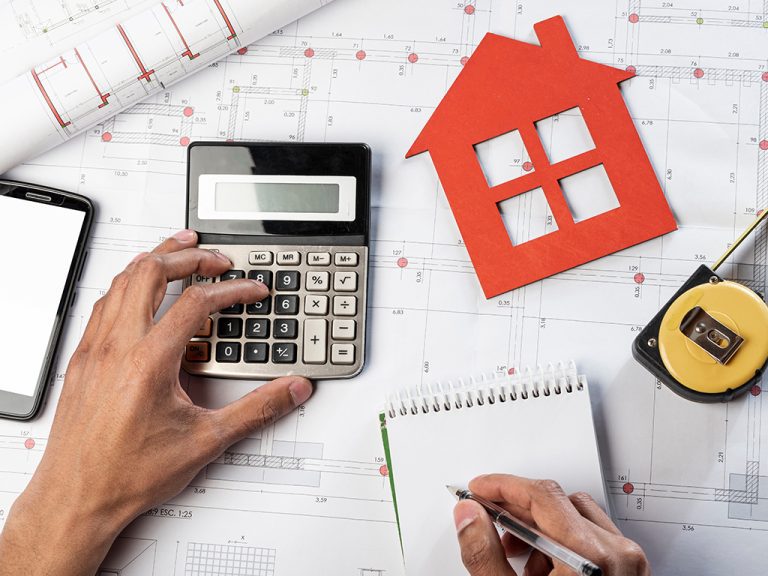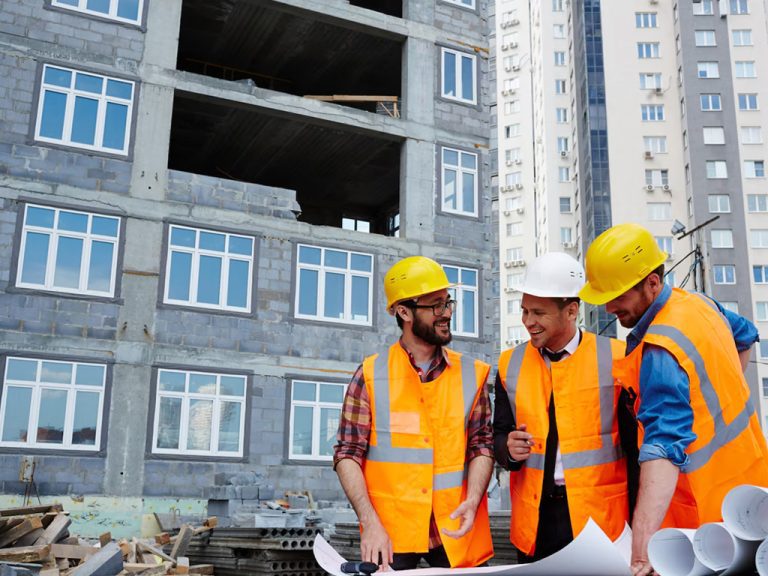Introduction:
In the realm of modern architecture and construction, the significance of MEP (Mechanical, Electrical, and Plumbing) design cannot be overstated. These systems form the backbone of any building, ensuring functionality, comfort, and sustainability. To achieve optimal performance, architects and engineers are increasingly turning to MEP design support, leveraging cutting-edge technologies and strategies to enhance efficiency in building systems.
MEP Design and Building Systems:
Mechanical, Electrical, and Plumbing systems are the lifelines of a building, providing climate control, lighting, water supply, and waste management. Efficient MEP design is crucial not only for the comfort of occupants but also for achieving energy efficiency and sustainability goals. MEP design support involves a comprehensive approach to optimizing these systems, taking into account factors such as building size, usage, and environmental impact.
Cutting-Edge Technologies in MEP Design:
Advancements in technology have revolutionized MEP design, offering architects and engineers innovative tools to create smarter, more efficient building systems. Building Information Modeling (BIM) is one such technology that enables a 3D representation of the building’s MEP components, facilitating better collaboration and coordination among different disciplines involved in the design process. BIM allows for the identification and resolution of potential clashes or conflicts in the design before construction begins, reducing costly errors and delays.
Energy Efficiency and Sustainability:
One of the primary goals of MEP design support is to enhance energy efficiency and promote sustainability. By employing energy-efficient HVAC (Heating, Ventilation, and Air Conditioning) systems, optimizing lighting designs, and implementing water-saving plumbing solutions, buildings can significantly reduce their environmental footprint. MEP design support ensures that these elements work harmoniously, contributing to lower energy consumption and operational costs over the building’s lifecycle.
Strategies for Optimizing MEP Designs:
MEP design support involves the implementation of various strategies to optimize building systems. This includes the use of renewable energy sources, such as solar panels, to generate electricity and heat water. Additionally, smart building technologies, such as sensors and automation systems, are integrated into MEP designs to monitor and control energy usage in real-time. These strategies not only enhance efficiency but also contribute to the overall sustainability of the building.
Conclusion:
In conclusion, MEP design support plays a pivotal role in the creation of efficient and sustainable building systems. With the integration of cutting-edge technologies and strategic optimization, architects and engineers can ensure that Mechanical, Electrical, and Plumbing systems work seamlessly together, promoting energy efficiency and reducing the environmental impact of buildings. As the demand for sustainable construction practices continues to grow, MEP design support will remain a critical component in achieving the balance between functionality, comfort, and environmental responsibility in modern buildings.









